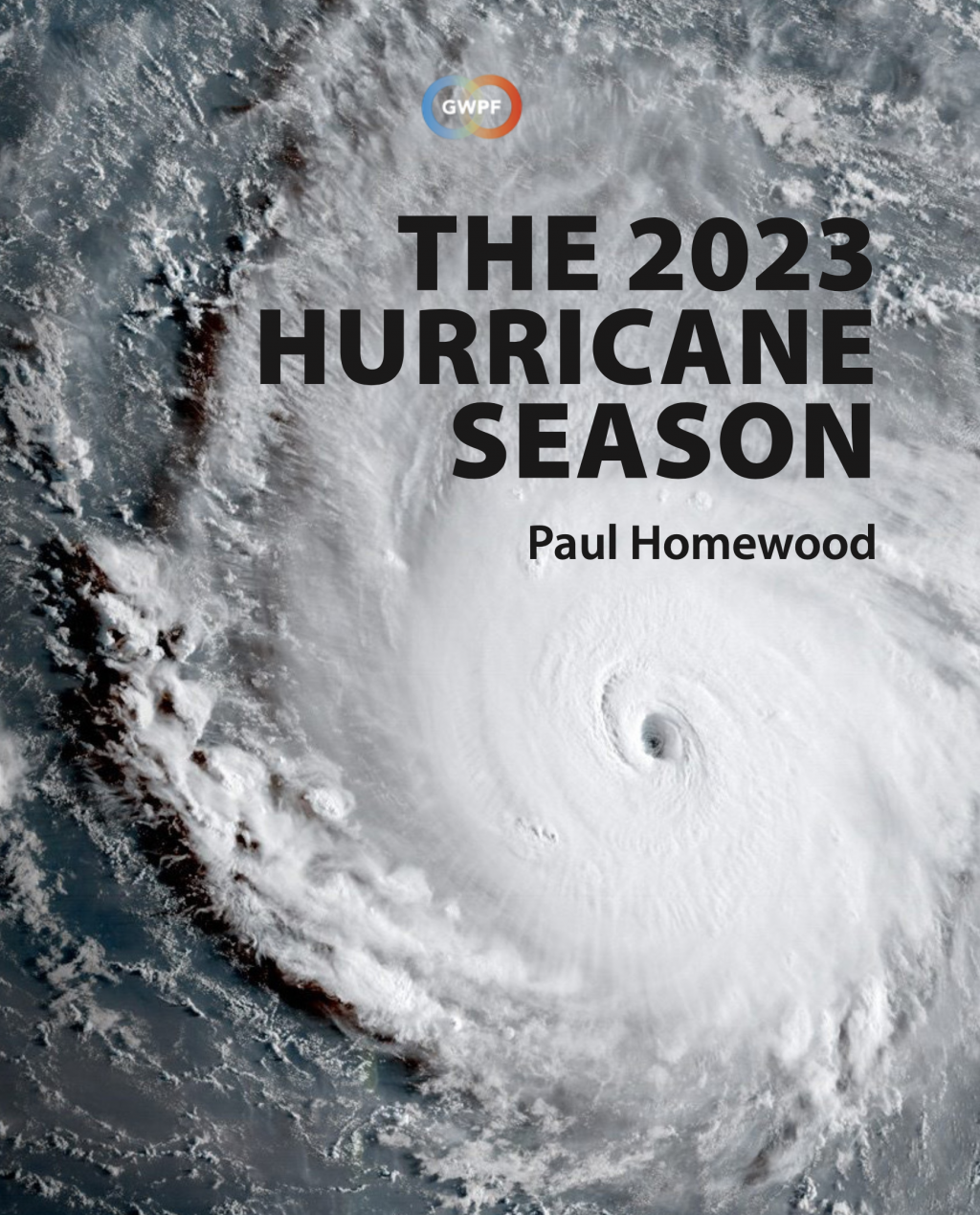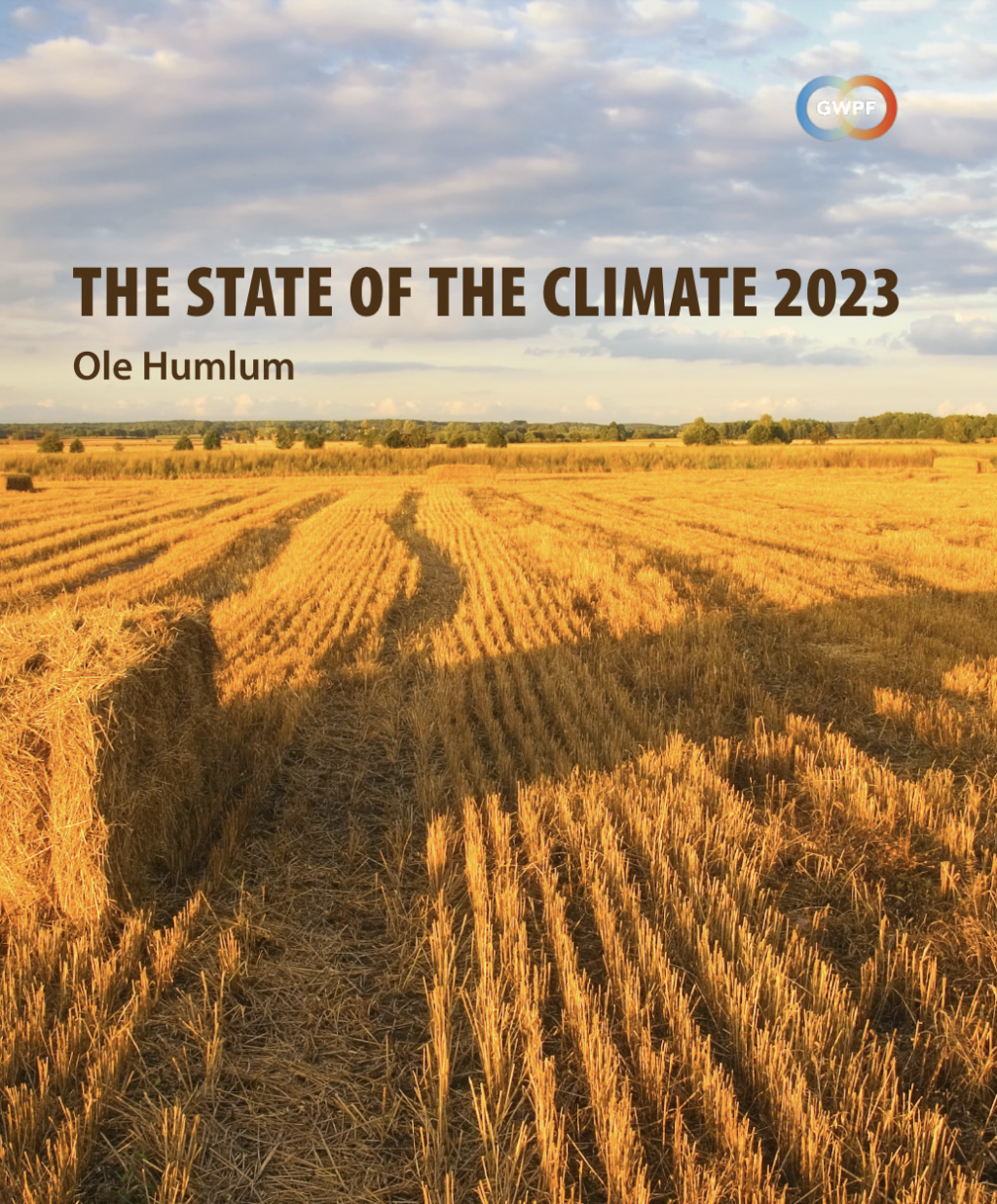London, 12 November: A new briefing paper published today by the Global Warming Policy Foundation concludes that the most recent (September 2014) floods in the Kashmir region of India-Pakistan border which killed several dozen of people are a recurring feature of the Indian Monsoon and not linked to climate change.
Whenever an extreme weather event is widely reported by the news media, a heated debate about its possible link with global warming is set off. The latest example of this kind of speculation was triggered by the recent flooding in Kashmir.
The paper written by Dr Madhav Khandekar, a former meteorologist with the India Meteorological Department in Pune (India) and Environment Canada, shows that recurring extreme floods and droughts are linked to large-scale atmosphere-ocean cycles like the El Nino-Southern Oscillation (ENSO) and the equatorial Indian Ocean Dipole (IOD).
The paper examines the history of past floods and droughts, using India’s excellent set of 200 years of monsoon data and documents that such floods and droughts have always occurred in the past with no link to human activity.
The paper shows how the Indian summer monsoon appears to undergo decadal variability of about 30 years altering between below and above normal rainfall patterns.
In recent years, the summer monsoon has become weaker with frequent droughts (e.g., 2002, 2004, 2009 2012 and 2014). “The observational evidence it at odds with most climate model projections that predict the intensification of the monsoon with increasing concentration of atmospheric CO2,” said Dr Khandekar.
“Extreme weather, heat waves, floods and droughts will always be with us. Reducing atmospheric CO2 will do nothing to reduce their frequency,” Dr Khandekar added.


